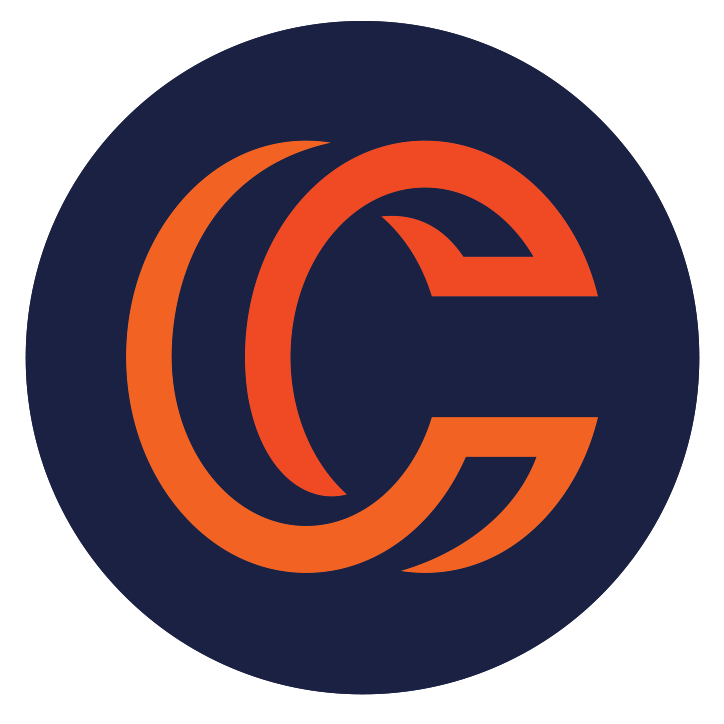Taming your task-oriented gremlins... with Goblins?
Common task-based obstacles that my clients encounter center around the executive function required for planning and breaking down tasks. When your brain is over-taxed, overwhelmed, or your brain is simply “running on low”, tasks feel much harder and are often more challenging to complete. Sustaining the effort from planning to completion can feel monumental, and the gremlins on your shoulder start feeding your negative feedback loop on “can’ts” that lead many to abandon efforts now and push them off to the magical land of “later”.
When your fuel tank is running low, what can help tackle the tasks and chores that pile up on your to-do list? And what can you do to circumvent the impact of your “can’t" do” gremlins? In a nutshell, pre-planning is key. No matter how small the task is, when you plot out each step, you can rely on that map to guide you along your path to completion. Breaking down tasks into micro-steps and knowing just how much time it might require can be the armor you need to fight back the gremlins. And this obstacle is ever-present for many ADHD brains. I hear it time and again - “I was off on my time estimates.” “I didn’t break down my tasks into the right size chunks.” “I often forget steps and feel defeated.” “Meal planning is too hard.” “I often struggle to find the right words.”
For some brains, pre-planning is a ‘"fun” task - gamification of the ordinary or a bit of a puzzle to solve. Those brains tend to have challenges with executing the beautiful plan they have created. This post is for the reader who is not as practiced in, or perhaps resistant to practicing, the skill of planning. You may know it is beneficial, but you are still avoiding this pre-work stage. For some, “winging it” has become a mantle… until it isn’t. And when it no longer serves your needs, it is time to face the music and up the ante.
Knowing that the ADHD brain thrives on interest, novelty, and what feels like a “fun” challenge, building the planning muscle in a way that feels less stressful and more fun might be exactly what breaks to cycle of resistance. How can you make this often taxing step feel more fun? Exploring this is key to developing your planning toolbox. For my clients who get hung up on having the “right list” or “proper plan”, I have found the Goblin.tools to be a fun exercise in offloading some of the task planning to AI. The results are not perfect, but they are definitely fun to play around with and use as a catalyst for the planning, prioritization, and time-estimation pieces of productivity.
I don’t recommend digital tools lightly. I’m a “less is more” kind of brain - I do love tools that can create a more efficient use of my cognitive energy and my time. There are some really cool apps and websites out there with great features, and I fully support the use of any tool that has a positive impact on life. There is one word of caution when it comes to apps; when you consider that each app creates another task-switching break in your flow, the need to “choose wisely” is even more critical for productivity. I’ve been playing with a “new-to-me” tool this past month that I am now sharing with my clients, and I wanted to share my thoughts with my readers as well. I hope that you might find this tool just as helpful as some of my clients have.
